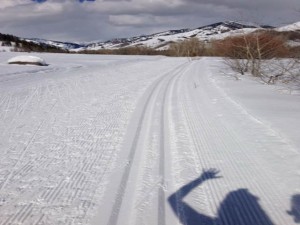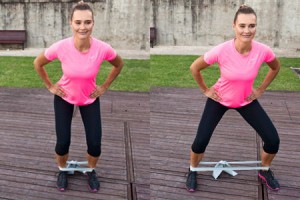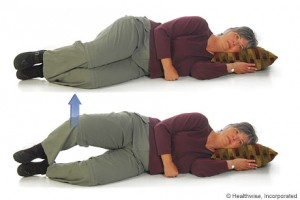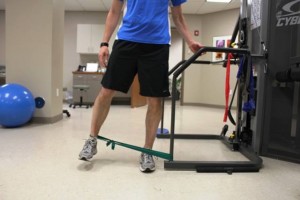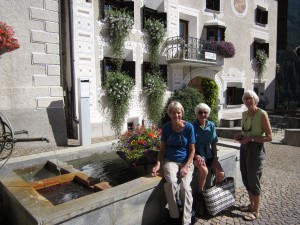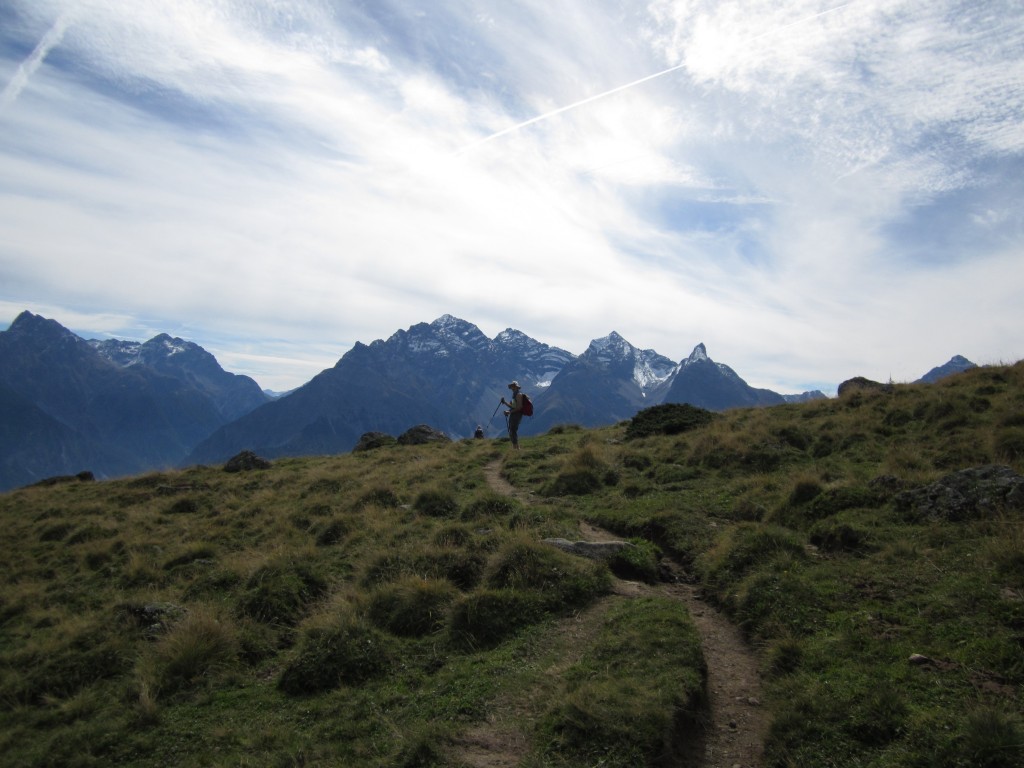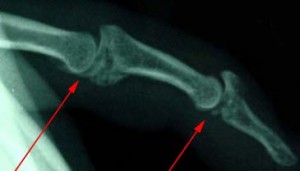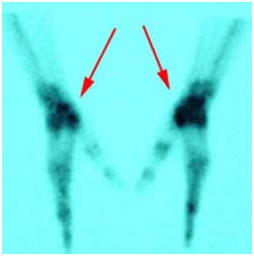Gentle Reader,
One of the strong older ladies I ski and hike with just wrote that she had a hip replacement. I was stunned to hear the news and asked more about it. She had a sudden tear called a labral tear, something I had never heard of. Intrigued, I thought I’d share what I learned.
According to the Mayo Clinic web site,
“A hip labral tear involves the ring of soft elastic tissue, called the labrum, that follows the outside rim of the socket of your hip joint. The labrum acts like a socket to hold the ball at the top of your thighbone (femur) in place.
“Athletes who participate in such sports as ice hockey, soccer, football, golf and ballet are at higher risk of developing a hip labral tear. Structural abnormalities of the hip also can lead to a hip labral tear.
“Symptoms include hip pain or a “catching” sensation in your hip joint. Initial treatment may include pain relievers and physical therapy. Using arthroscopic techniques, surgeons can remove loose fragments from within the joint and trim or repair the hip labral tear.”
My friend had had no symptoms whatsoever until the sudden onset of acute pain.
The Mayo Clinic site does mention some symptoms
Many hip labral tears cause no signs or symptoms. Occasionally, however, you may experience one or more of the following:
- A locking, clicking or catching sensation in your hip joint
- Pain in your hip or groin
- Stiffness or limited range of motion in your hip joint
Here’s the part that interests me and you, my readers. Causes. We want to avoid the causes of arthritis if possible. We want to manage arthritis when it develops if possible.
- Trauma. Injury to or dislocation of the hip joint — which can occur during car accidents or from playing contact sports such as football or hockey — can cause a hip labral tear.
- Structural abnormalities. Some people are born with hip problems that can accelerate wear and tear of the joint and eventually cause a hip labral tear.
- Repetitive motions. Sports-related and other physical activities — including the sudden twisting or pivoting motions common in golf or hockey — can lead to joint wear and tear that ultimately results in a hip labral tear.
Without knowing all the details, I’d guess my friend, like so many of the rest of us who hike every week and ski in the winter, the repetitive motions and wear and tear can go on a long time without any sign of arthritis at all. Then the sudden move, often one we’ve been doing forever, can set the whole thing on fire.
The Mayo Clinic goes on to say that anyone who is over-using a joint could have this result. My question is, what is over-use? How to find the balance between keeping moving and over-use? I know my friend paid close attention to her body and stretched before and after the activities I was part of. She was often by herself stretching outside the ski bus before the ride home.
So what’s a person to do? Why of course, Keep moving. Listen to your body. Be glad you are a healthy active person when something like a labral tear occurs because you will bounce back quickly. She’ll be on the slopes with us next winter. She’s unaware of any other arthritis that needs managing. Nothing is showing up yet.
Fondly,
Betsy
Be well, Do well and Keep Moving.
Leave a comment or pass along to your friends.
